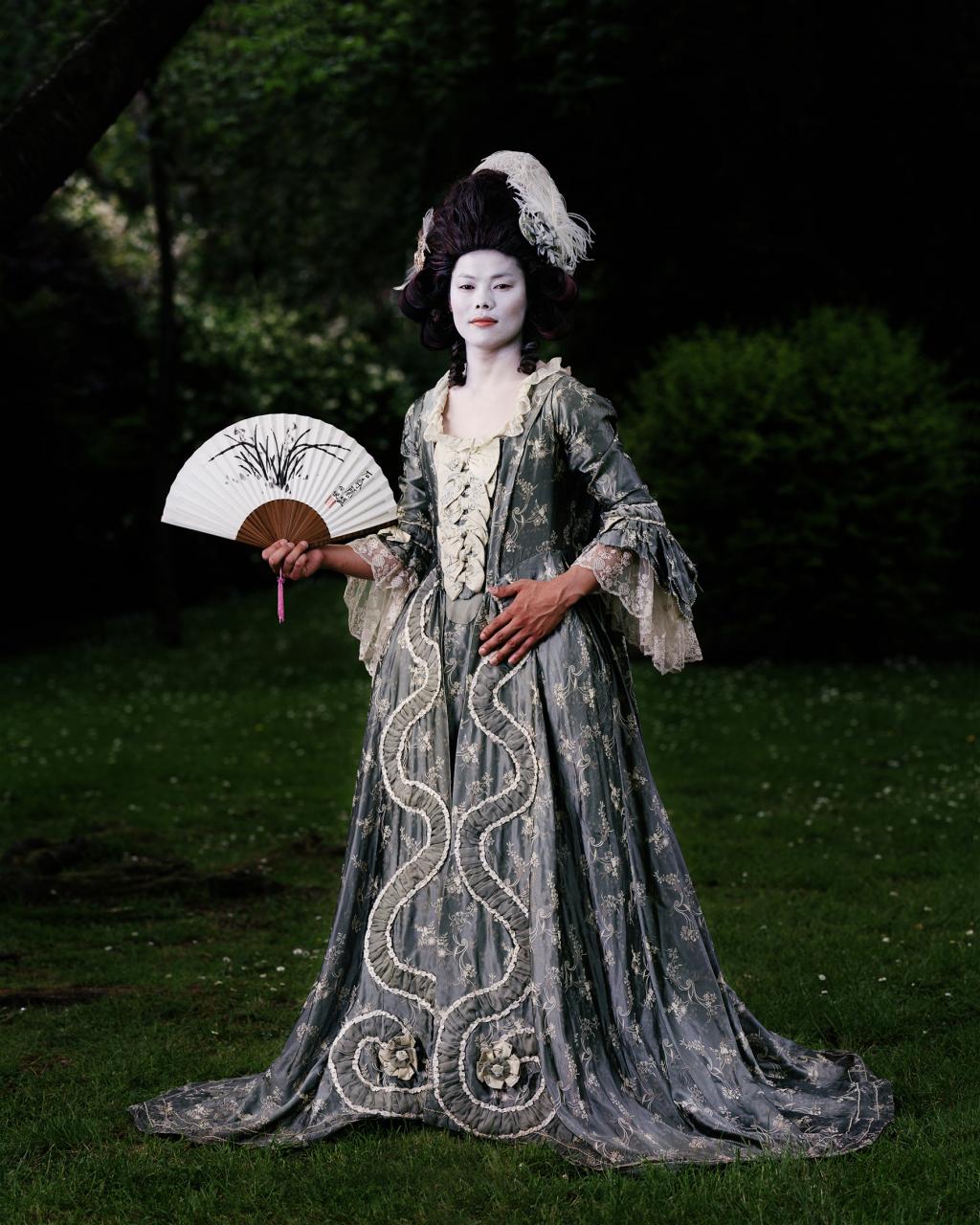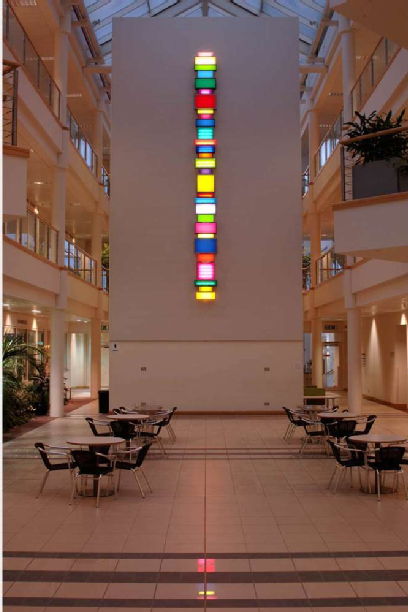Introductory Exhibition
Welcome
The University of Warwick owns over 1000 artworks by some of the most exciting artists of the last 60 years, including Patrick Heron, Terry Frost, Bridget Riley, Richard Deacon, Catherine Yass, Glenn Ligon, and many others. We hope they will inspire you to visit campus to see the works in our buildings and to explore our Sculpture Park in the beautiful grounds of the campus. Entry is free and you are very welcome. Visit Warwick Arts Centre for more information, maps and trails.
The "new" universities
By the start of the 1960s, it was evident that post-war society needed more graduates. Seven new universities were founded between 1961 and 1965. The process was overseen by the University Grants Committee (UGC) who specified that any new campus should have a site of at least 200 acres to facilitate future expansion. The civic leaders of Coventry identified a site on the southern edge of Coventry. Made up of farmland with small woods, it was bounded by Cannon Park, the Kenilworth Road, Kirby Corner Road and the city/county boundary of Gibbet Hill Road.
There was one principal drawback. The site was not large enough. Warwickshire County Council agreed that farmland on the other side of the county boundary could be incorporated into the site to offer the necessary 200 acres. The Bishop of Coventry was tasked with naming the university. He decided on the University of Warwick, arguing that Coventry would probably see most economic benefit, so Warwickshire should gain some of the prestige. He may also have been influenced by the names of the other six universities: Essex, Kent, Lancaster, Norfolk (East Anglia), Sussex and York, which recall the names of the knights in Shakespeare's history plays. Together with Warwick, the group became known as the Shakespeare Seven.
Art and learning in the 1960s
In the 1960s, the environment in which young people learned was believed to be important. This was the era when even primary schools had important works by artists such as Henry Moore and Barbara Hepworth on loan from local authority schools collections. In Coventry, Joan Browne, Head of the College of Education, bought original works of art not only to stimulate her students but to show how they might be used to inspire creativity in a variety of lessons.
Thanks to the requirement to have a site of 200 acres, all of the Shakespeare Seven universities are campus universities on the edges of cities or towns. All adopted modernist architecture by dynamic architects including Kenneth Capon (Essex), Gabriel Epstein (Lancaster), Denys Lasdun (East Anglia), Basil Spence (Sussex), And all initiated collections of contemporary art to create a stimulating environment for staff and students.
Eugene Rosenberg, Founding Architect, University of Warwick
Eugene Rosenberg left Czechoslovakia for Britain in 1939, to escape the Third Reich occupation of his country. After wartime internment in Australia, he returned to the UK and set up the architecture practice Yorke, Rosenberg, Mardall. He believed passionately that art should be part of the enjoyment of everyday life and was an active, informed and interested collector of contemporary and twentieth-century art himself, acquiring work by fellow emigres such as Naum Gabo. A small collection of paintings and prints from his collection was bequeathed to the University on the death of his widow Penelope. These include works by European figures such as Jean-Michel Atlan and Victor Vasarely.
Rosenberg encouraged the managers of the buildings he designed to view the works of art as part of a growing collection which would enrich the experience of the people using the buildings. A modernist himself, he appreciated the architectural potential of the large colour-field paintings of the 1960s and placed these works to punctuate the visual experience of moving through a building.
The founding collection
Eugene Rosenberg persuaded the University's Vice-Chancellor, Jack Butterworth, to develop an art collection. Their first initiative was to approach the contractors who were to build the new university, Sir Robert MacAlpine and Sons, and ask them for support. In June 1966, Alistair McAlpine, himself a collector of contemporary art, bought nine outstanding paintings by artists who were developing national critical acclaim, as a gift to the University. These included two works by Patrick Heron, two works by John Hoyland, two works by the Canadian artist Jack Bush, two works by the American artist Gene Davis and one work by Terry Frost. All are "hard edged abstraction" where different colours define areas of the paintings.
The University gave Eugene Rosenberg £6000 to buy works of art for the University. He bought very differently to Alistair McAlpine. He visited exhibitions at the Whitechapel Art Gallery to buy works by recent graduates like Roger Barnard and Eric Gadsby. He bought works by fellow emigres including Stefan Knapp and Bernard Schottlander. And he bought works by important European artists who shared his all-encompassing view of art-design-architecture: Josef Albers and Le Courbusier.
Father Cyril Barrett and Patricia Mallett
After the energy of the founding of the collection, it lay dormant for a while with works remaining in the places identified by Rosenberg. In the 1970s it received championship from a different quarter. Father Cyril Barrett SJ was one of the founding members of the University's Philosophy department and a champion of artists including Bridget Riley and Peter Sedgley. Together with Patricia Mallett, artist and wife of Michael Mallett in the history department, they persuaded the University to give them a modest budget to purchase works for the new, more domestic scale buildings on campus. See the online exhibition on works presented to the University from Father Barrett's own collection.
The "Westwood Collection"
In 1978, the neighbouring Coventry College of Education was incorporated into the University of Warwick, extending its campus into the Westwood site, on the other side of the Kirby Corner Road. And the College's teaching collection, which included ceramics, was absorbed into the University's Art Collection. As a teaching collection, the works are largely figurative and feature works by artists including Anne Redpath and Mary Fedden. In fact, this collection is notable for the amount of works by women that it includes, a focus that was absent from the founding collection of the University. See the online exhibition of these works.
The Mead Gallery
The Mead Gallery opened in 1986. Its staff of a professional curator and art technician meant that for the first time, the Art Collection was fully catalogued and programme of conservation initiated. Exhibitions at the Mead Gallery provided a new impetus for the collection and connections were made with artists that led to acquisitions of works by Andy Goldsworthy and Peter Randall-Page and a major commission for Richard Deacon. You can see all past exhibitions at the Mead Gallery on this website.
Gifts and Donations
The scale of the campus and the commitment to place works in the public domain means that at least 80% of the collection is on show at any one time. This has encouraged artists and curators to gift works to the Art Collection. Notable gifts include two works from Bridget Riley in memory of Father Cyril Barrett, a gift of three sculptures from Eric and Jean Cass, the gift of twelve works from Oliver Prenn, the gift of fourteen works from Mark Golder and Brian Thompson and gifts from artists Tony Carter, Alan Davie, Natalie Dower, Mary Fedden, Peter Green, Diane Ibbotson, Mandy Lee Jandrell, David Nash, John Newling and David Prentice among others. A donation from a collector of the work of William Rawlinson not only brought works to the collection but funds to allow the purchase of a linoprint by Sol Lewitt. The Friends of the Mead Gallery, a group made up of many amateur and semi-professional artists, also raised funds for purchases through sales of their own work.
Public grants
The University of Warwick Art Collection is accredited by Arts Council England. It is managed in the best interest of the public and there is free access to the works in the collection. Grants and support from charities such as the Art Fund and the Contemporary Art Society have supported the acquisition of many works including The Wet Road by Richard Long and Passages between Sea and Sky by Tricia Gillman. In 1997, the University Art Collection was selected to be one of 15 English public collections to receive funding from Arts Council England through the National Lottery to purchase a group of significant contemporary works. These include Against Nature by David Batchelor, A Familiar Place by Layla Curtis, Everything by Ian Davenport, Frozen Sky by Langlands and Bell, a group of six works by Melanie Manchot and Cosmic Wallpaper by Simon Patterson.
Created by:
Sarah Shalgosky
Short Description:
An introduction to the University of Warwick Art Collection.
Find out more about each work:
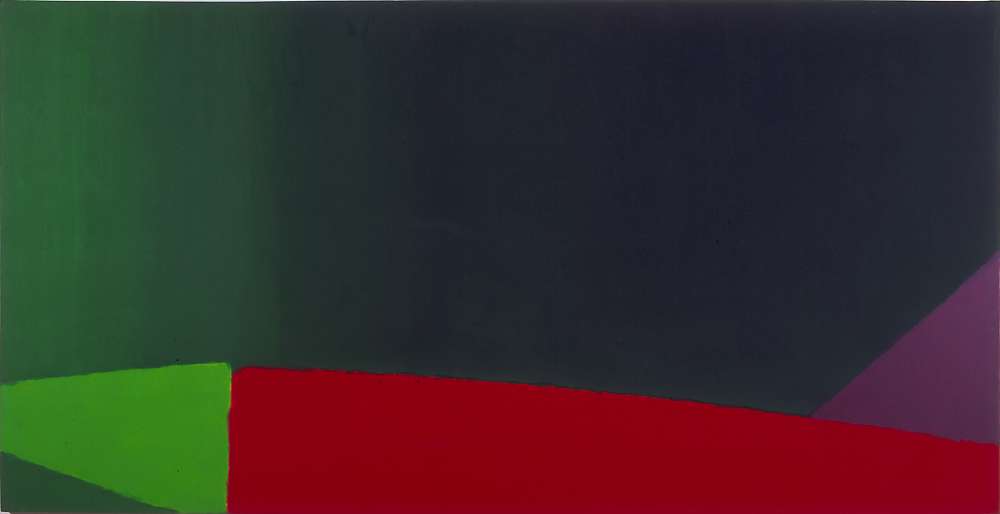
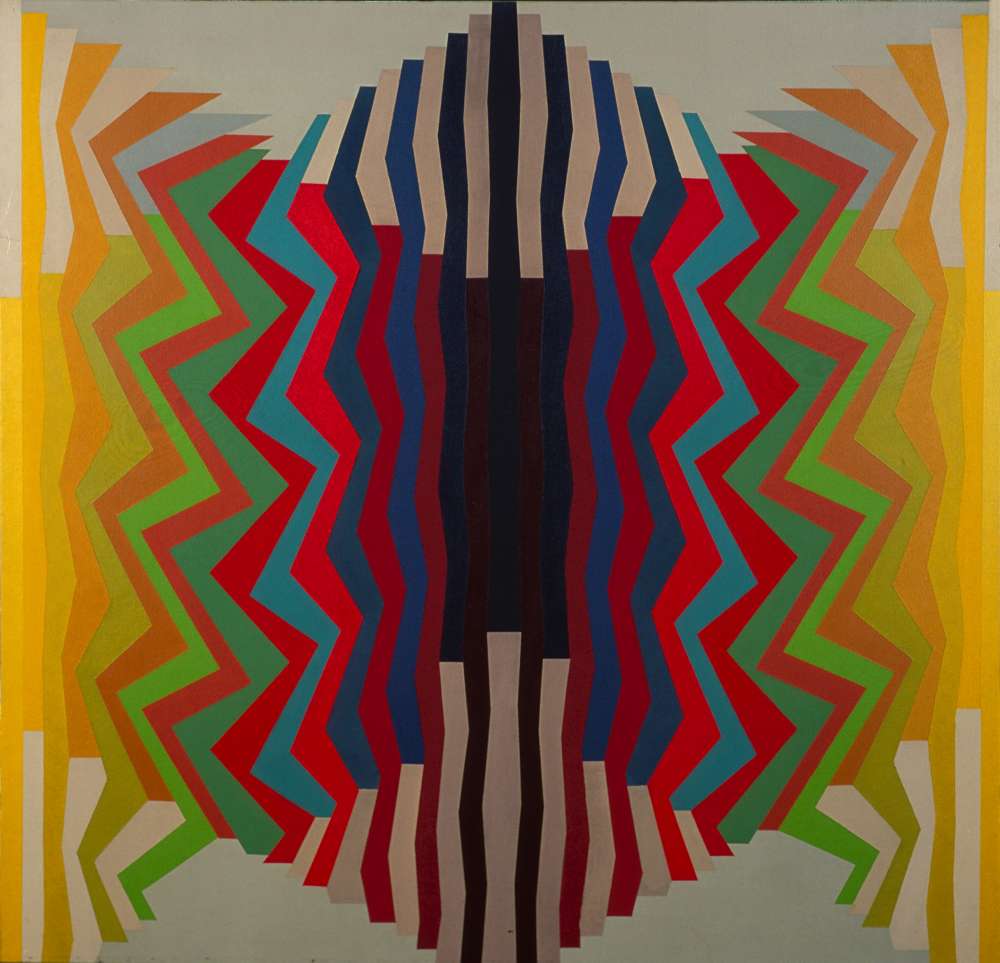
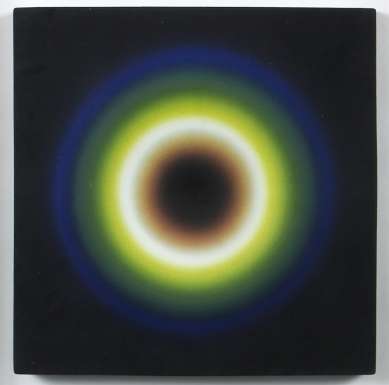
Black/Green/White by Peter Sedgley
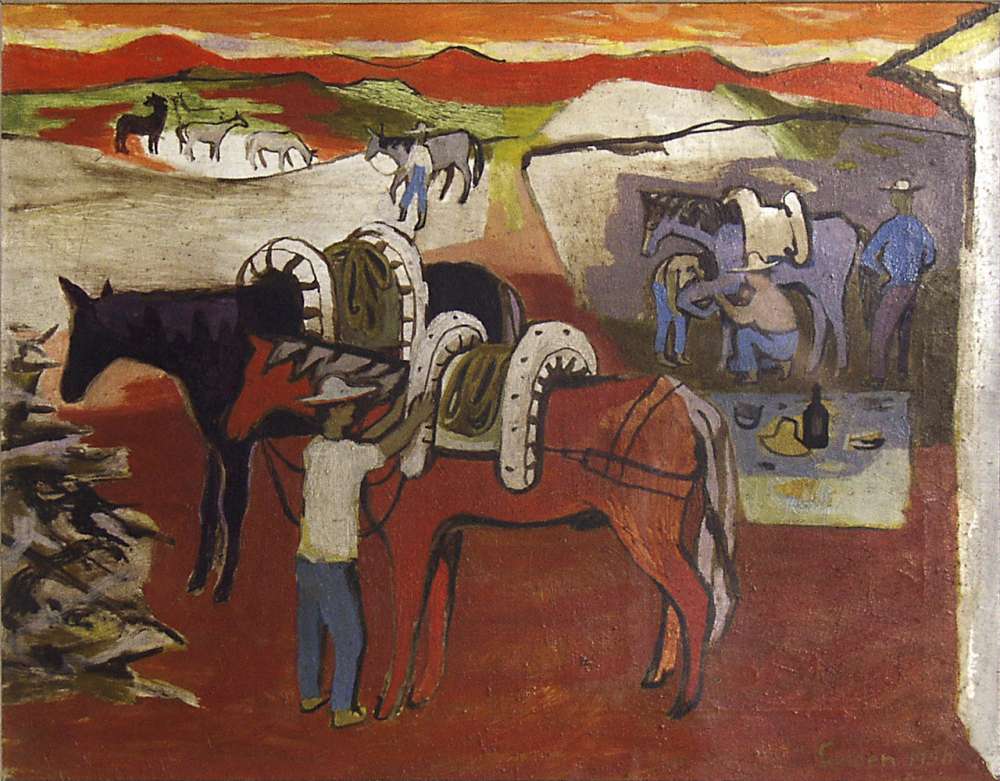
Mules in Tuscany by Mary Fedden
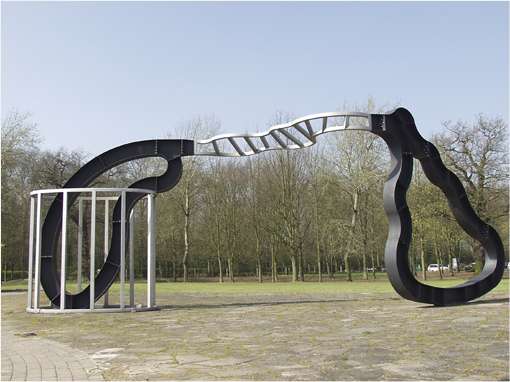
Let's Not be Stupid by Richard Deacon
